- South Korea released its fourth national railway plan, with the goal of improving the efficiency of railway operations
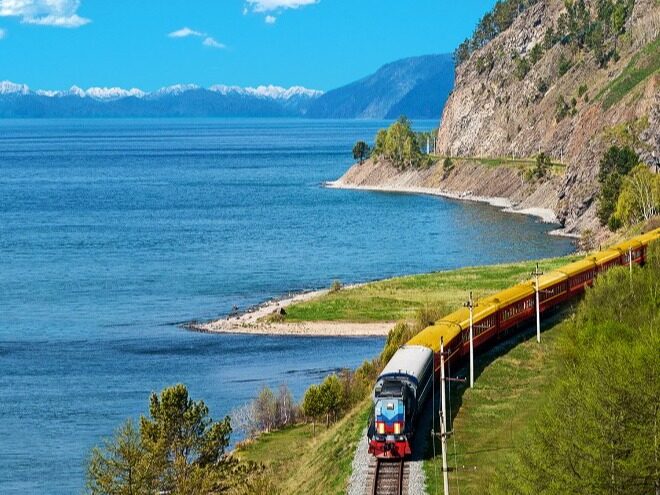
South Korea released its fourth national railway plan, outlining Korea’s future railway strategy. After review by the Railway Industry Committee, the Ministry of Land, Infrastructure, Transport and Tourism (Molit) officially announced the approval of the new plan on July 5, confirming that South Korea will invest 114.7 trillion won (99.88 billion U.S. dollars) in railways. Although these plans cover 10 years, they have been updated every five years since the first plan was formulated in 2006.
Enhance the competitiveness of the railway network
The goal of the fourth plan is to create a competitive railway network and become the center of Korea's green transportation. In order to achieve this goal, Molit outlined seven main goals: improve railway operation efficiency; connect high-speed rail to major hubs; expand regional routes outside of the greater Seoul area; reduce traffic congestion in the capital and surrounding areas; lay the foundation for industrial development; and provide users Create a safe and convenient environment, and prepare to restore railway connections with North Korea and other parts of Asia.
The latest plan has 44 projects with a total track length of 1,448 kilometers. Overall, the ministry plans to increase the capacity of the railway network by 125%, which will expand the network from 4,274 kilometers to 5,341 kilometers. This includes increasing the proportion of dual-track lines from 61.4% to 78.3%. The electrification mileage will also increase from 3116 kilometers to 4183 kilometers.
A spokesperson for Molit said: “If the railway network is extended according to the Fourth National Railway Plan, the high-speed, trunk and regional railway networks will be extended across the country. We look forward to the balanced development of the country, the enhancement of the competitiveness of major metropolitan areas, and the strengthening of The effect of policies such as interconnection between regional hubs.” The Ministry also stated that the implementation of the plan will increase the share of railway transportation modes from 11.5% to 17% by 2030.
Since the launch of the KTX high-speed service in April 2004, South Korea has been focusing on expanding its 300 km/h railway network, which now includes 3 lines with a total length of 737.7 km. Between 2014 and 2019, passenger traffic increased by 65%. South Korea has also built some low-speed lines, such as the Central Line, which opened in January in the southern section of 133 kilometers, with a maximum speed of 250 kilometers per hour, and the 120.3 kilometers of Gyeonggang Line, which also reached a maximum speed of 250 kilometers per hour.
Since 2014, South Korea’s regional railway network has also expanded by 13%, but it still takes a long time to travel within or between densely populated areas due to slow service operations or gaps in the network. The ministry said it will seek to obtain more high-speed rail capacity between the capital and the region and between major regional hubs. The plan includes expanding high-speed services by increasing the speed of existing lines, introducing new high-speed services, and significantly reducing travel time between regional hubs.
The Jeolla Line, the Honam Line and the Donghae Line will be upgraded to provide high-speed services, while the West Coast will have its own high-speed line. Another major route worth noting includes the direct route from Gwangju to Daegu. This is the first time these areas have been connected by high-speed rail. A new line from Samcheok in the south of the East China Sea to Yongdeok in the north of Pohang on the east coast is already under construction. It will now be upgraded to a high-speed operation from Ganggen to Pohang.
The traffic of the 300km/h KTX service launched in April 2004 in South Korea increased by 65% between 2014 and 2019. In the capital area, the capacity between Seoul and Suseak will increase from 255 trains per day to 476 per day. Suseak is one of the largest train stations in South Korea, and trains departing from Seoul or Yongsan Station are all located there. The transportation capacity between the light and peace will also increase.
The missing link will be inserted. The line from Mungyeong to the whole village has been suspended since 1995. This section will be reopened after the newly built station in Mungyeong. A new line from Mungyeong to Bubar is currently under construction. The first phase of the line from Chungju to Bubar will open in December 2019.
It is planned to introduce a 150km/h train on the Incheon Airport line, which will reduce the travel time to Seoul from 66 minutes to 55 minutes and stop the train, and fast service from 53 minutes to 39 minutes.
Fourth GTX line
The plan to build the fourth GTX high-speed regional railway line in Seoul was confirmed as part of the new plan, which brings more certainty to the location of the fourth line. According to the plan, the GTX-D line will be built in the neighboring Gimpo City, from Jangi to Bucheon Stadium. The GTX-D line will be directly connected to the Songxiang-Maseok GTX-B line in Bucheon and will share the same track to reach Seoul instead of building another line in Seoul. The maximum capacity of the GTX-B line has been set at 270 trains per day, but it was initially expected to be only 92 trains per day, so there is more than enough space for the GTX-D trains. If this line is completed in this way, it will only take 28 minutes to reach Yongsan in Seoul.
Due to the increase in the number of people traveling by train, it is estimated that the annual fine dust emissions will be reduced by more than 204 tons.
Incheon City and Gyeonggi Province respectively proposed alternative plans to build GTX-D. Gyeonggi Province wanted a 68-kilometer-long route that would pass through the Gangnam business center and terminate in Henan City, which is currently experiencing a surge in population and new residential development. At the same time, Incheon proposed to establish a 110-kilometer connection with Incheon International Airport and Gimpo, each with a separate branch. In the end, neither of them was accepted. Although the current route has been confirmed, due to the long-term nature of the plan, it is expected that the call for the construction of a route to Jiangnan will continue.
The current cost of the GTX plan is estimated to be 2.2 trillion won, while the alternatives in Gyeonggi-do and Incheon are estimated to be 6.4 trillion won and 9.5 trillion won, respectively. There are 11 regional railway projects, many of which will reduce travel time between cities and regions by at least 50% and significantly improve the lives of citizens. In Gyeongsang Province, the route from Jinning to the port city of Ulsan will shorten the journey from 2 hours and 15 minutes to only 37 minutes, while the connection between Daegu and Uicheng will shorten the journey from 1 hour and 58 minutes to only 29 minutes.
Keywords: railway, international engineering project, foreign engineering project information
Another goal of the plan is to reduce pollution caused by increased use of railways. Due to the increase in the number of people traveling by train, it is estimated that the annual fine dust (PM2.5) amount will be reduced by more than 204 tons, while the carbon dioxide emissions will be reduced by 6781 tons, and the volatile organic compounds (VOC) will be reduced by 536 tons per year. Finally, the increase in railway usage is expected to reduce the number of injured in annual road accidents by 10,343 and the death toll by 74.Editor/Baohongying
Comment
 Praise
Praise
 Collect
Collect
 Comment
Comment
 Search
Search


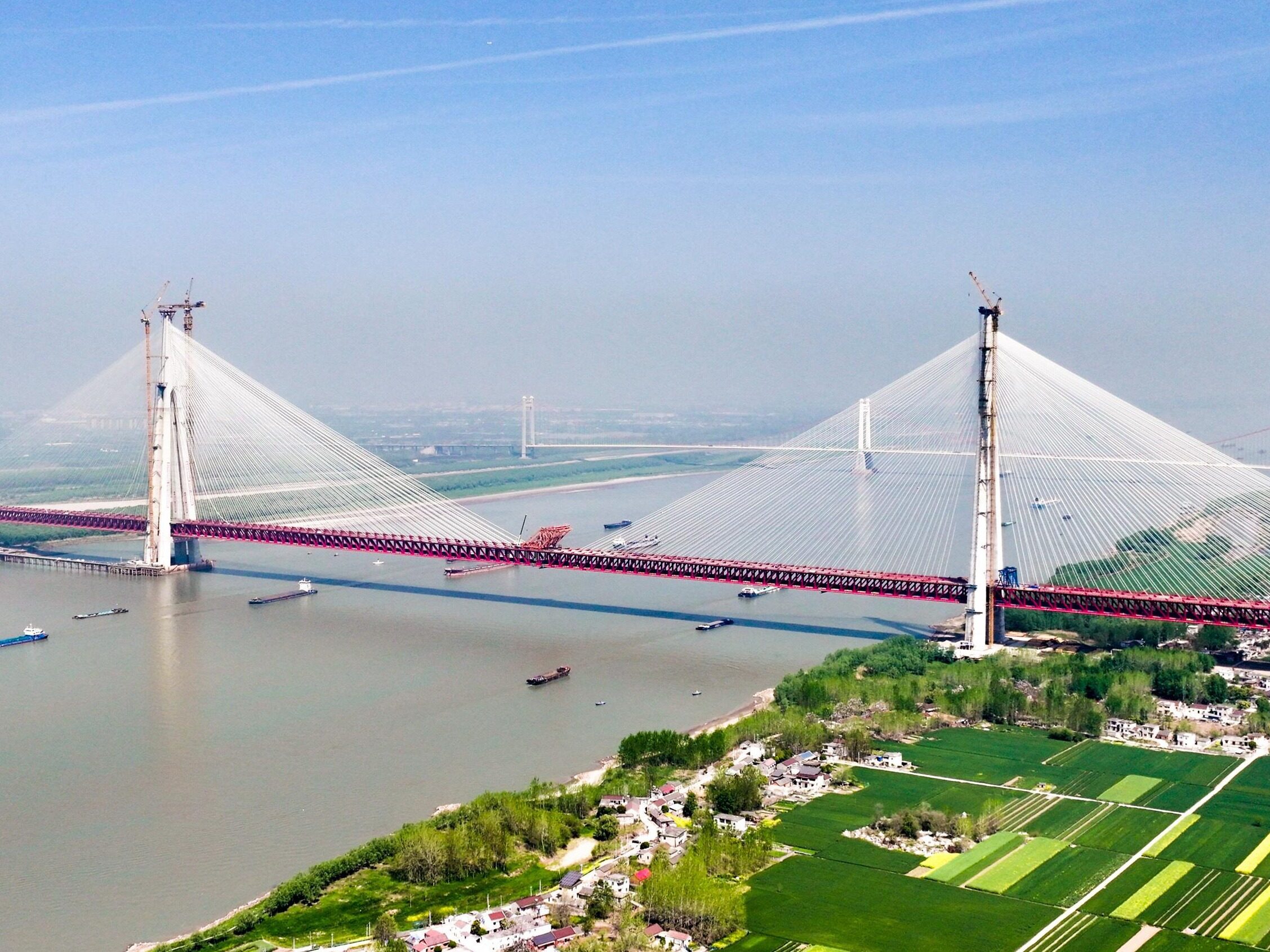
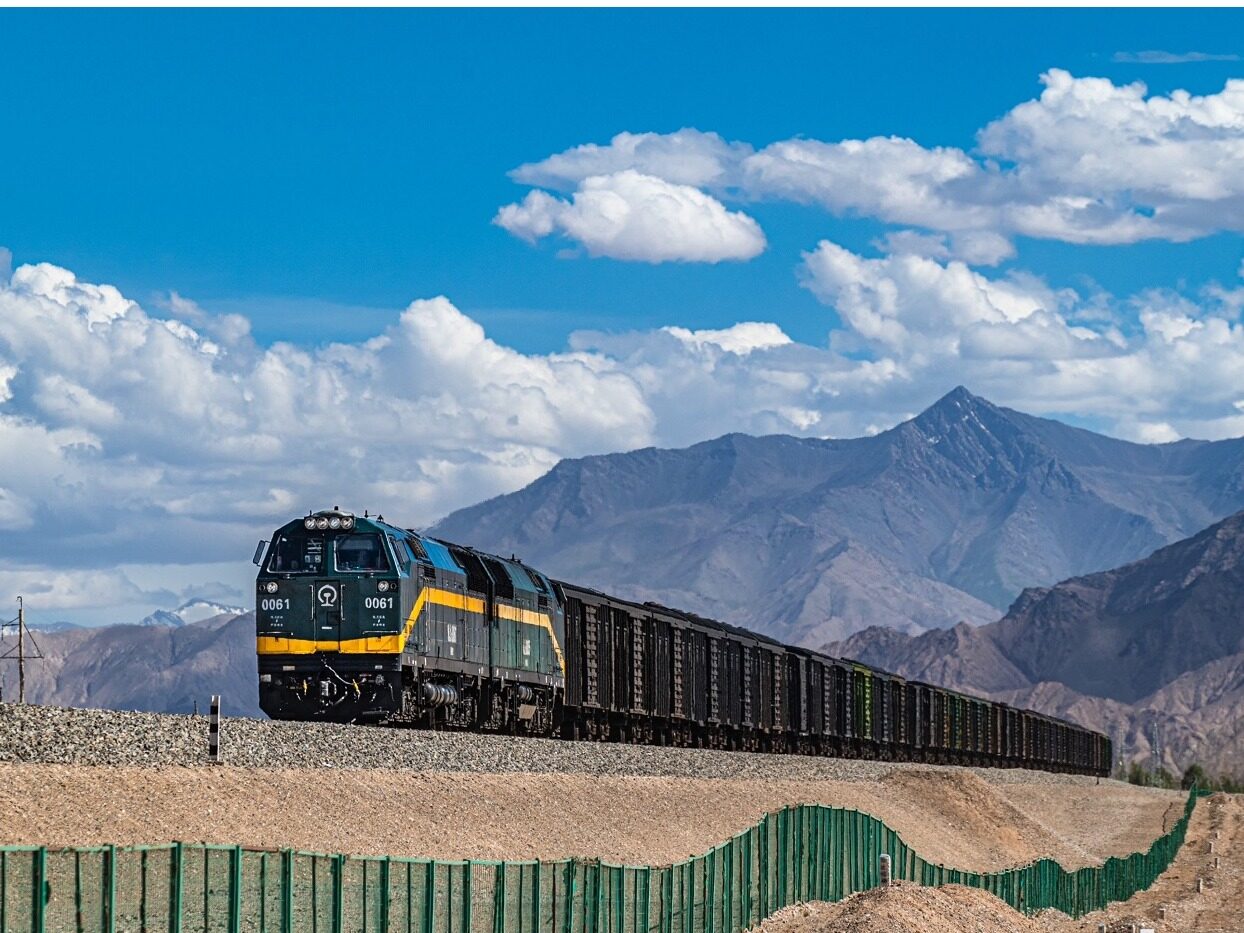
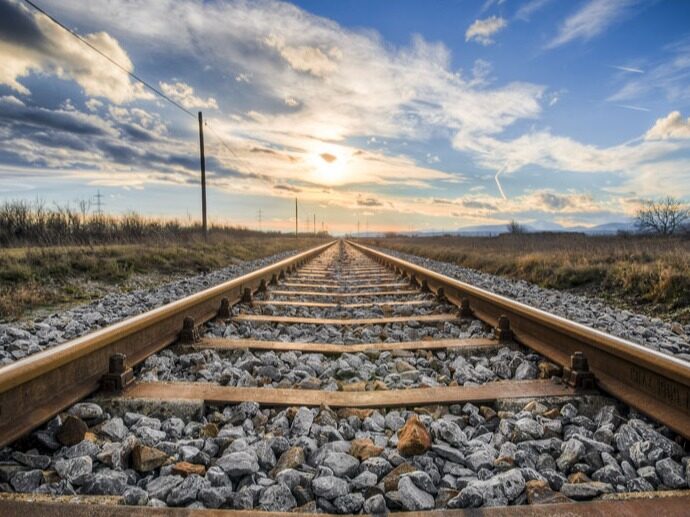

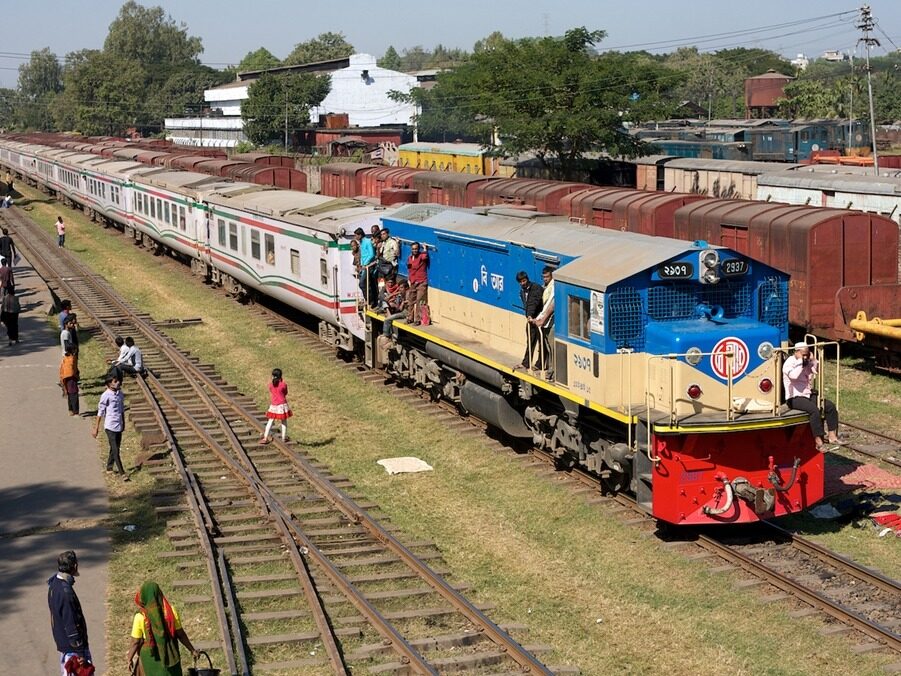
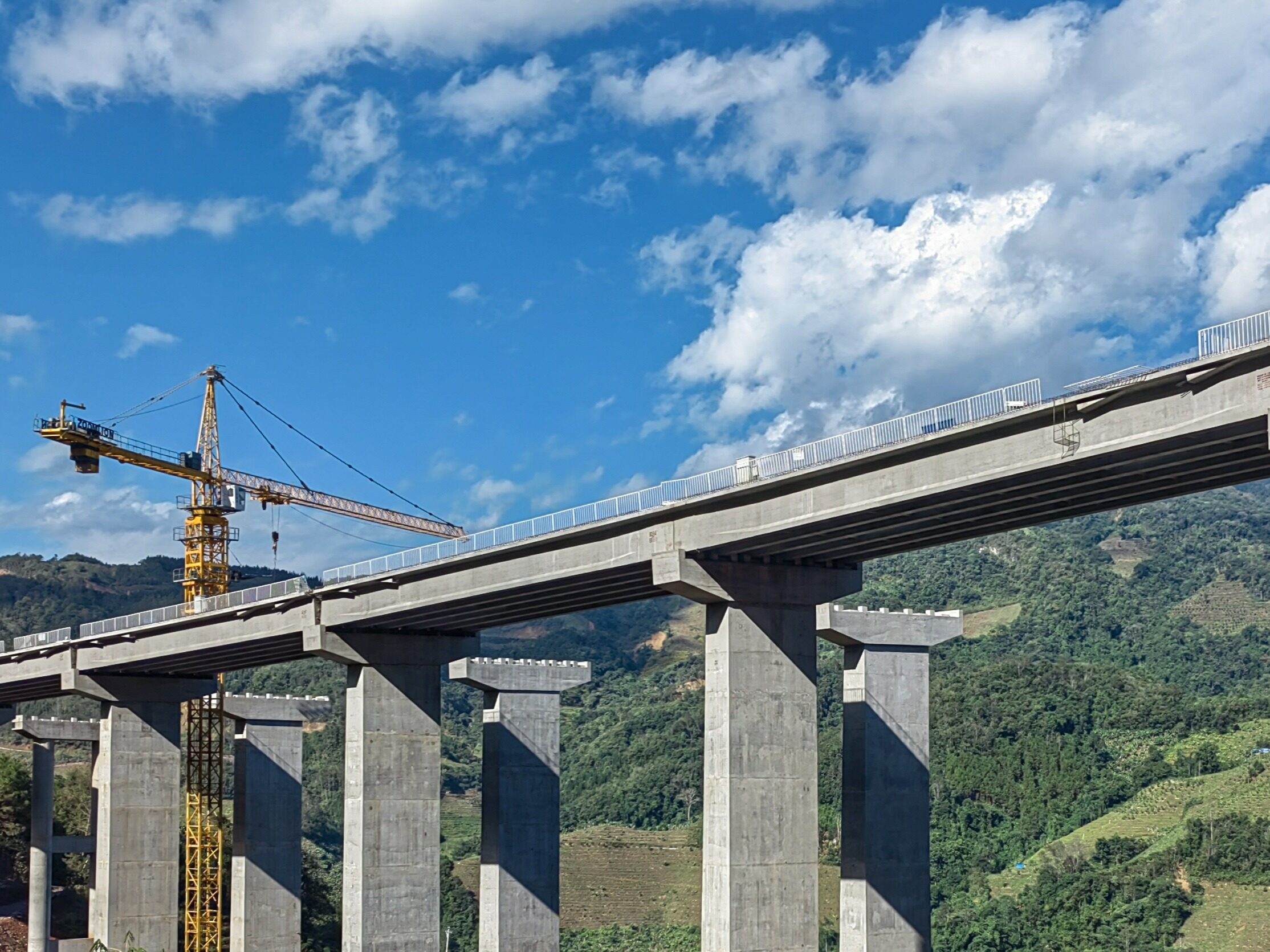






Write something~